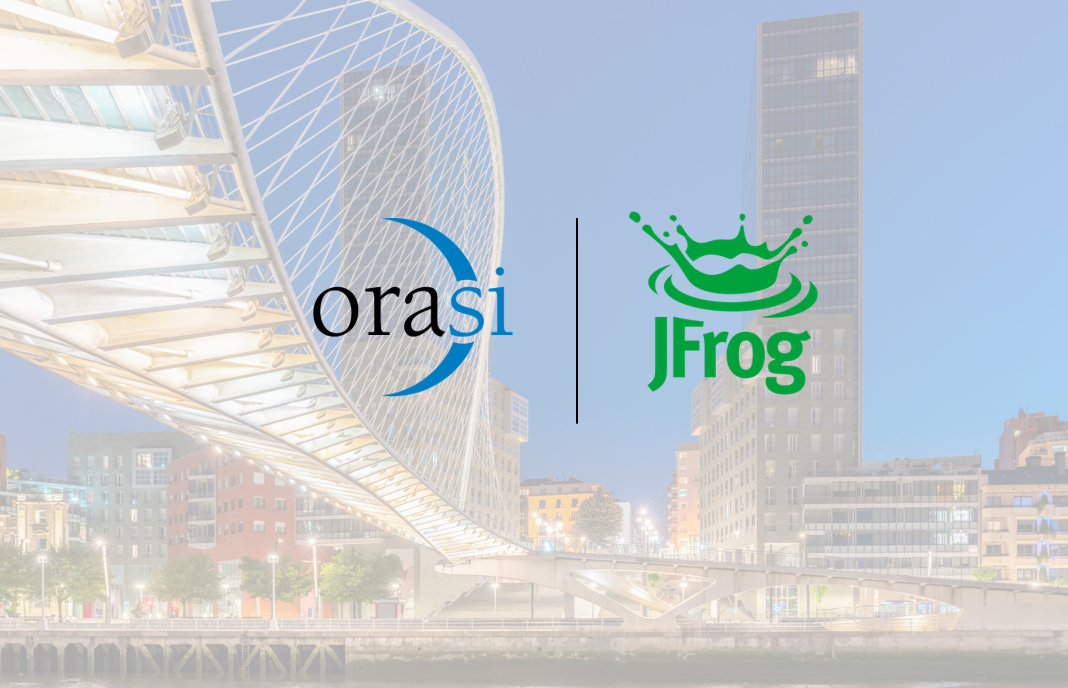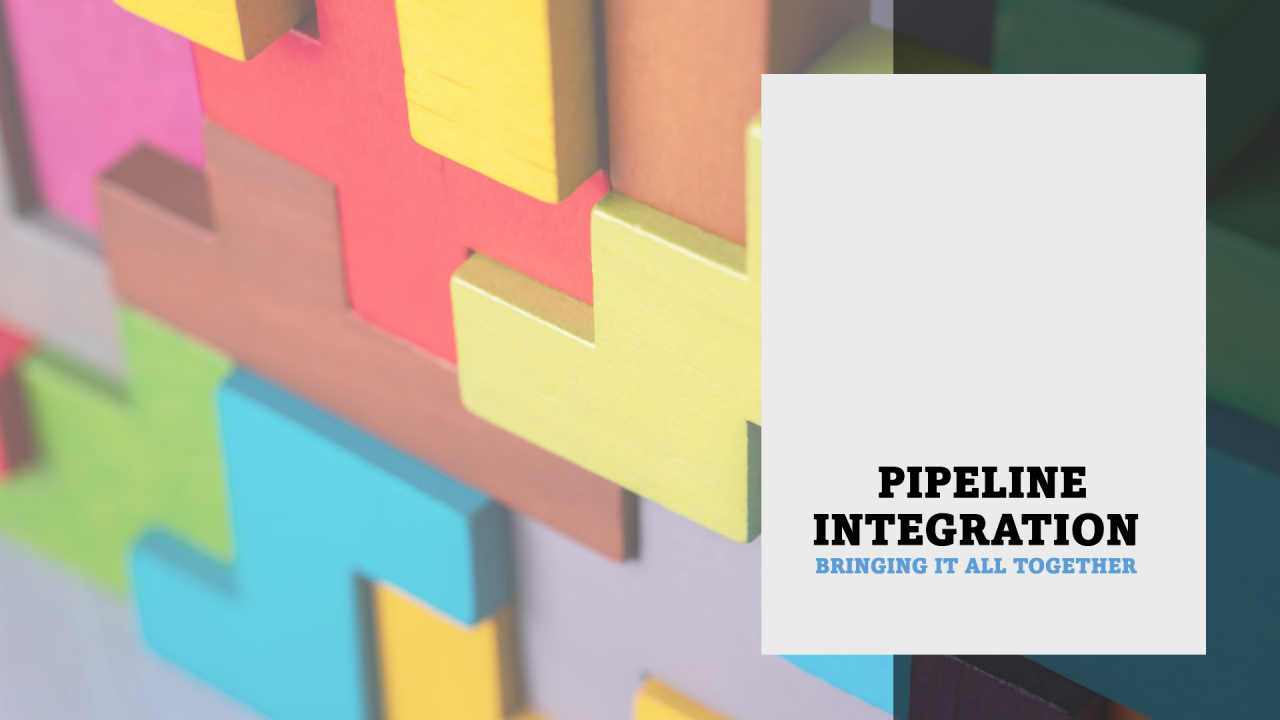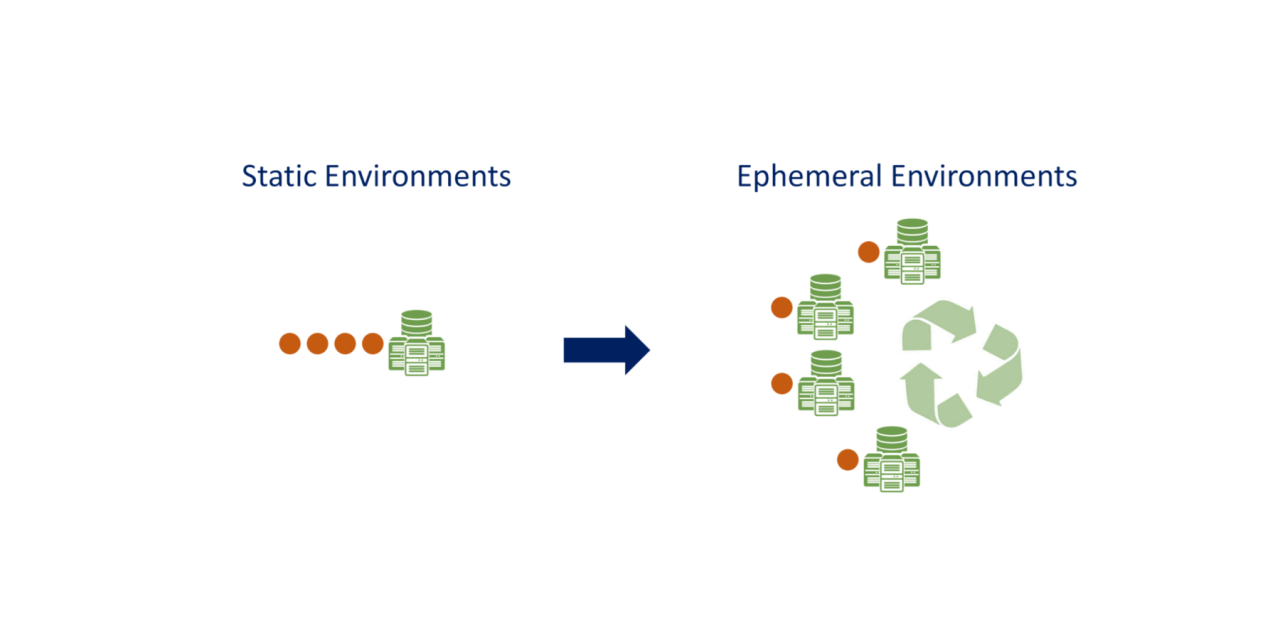By: Mark Lewis, SVP Sales and Marketing
In the recent past, there has been an unprecedented growth at a global level in application modernization. As enterprises leverage the agility and speed provided by the cloud, they are also shifting their applications to the cloud platform. The application modernization services market is growing from $11.4 billion in 2020 to $24.8 billion by 2025, as per recent estimates from research firm MarketsandMarkets. This is being driven by many factors – most significantly the shift towards cloud services, large scale migration of workloads to cloud-based, Service-Oriented Structure (SOA).
One reason for this traction is the transformation and modernization of legacy systems and the rise in demand for modern infrastructure to help guarantee business continuity. The changes introduced in the pandemic, like remote work and data access, have only accelerated this trend. Enterprises are looking to migrate their technology to modern infrastructures and modernize their legacy systems and applications. They have a need to evolve their businesses to be agile to keep pace with customer demands, changing threat landscape, and accommodate new technologies.
Many enterprises struggle with modernization, especially those with legacy compounded by outdated software languages and unsupported hardware and a high dependency on existing systems. According to Transparency Research, application modernization is a significant aspect of cloud-based replatforming, reengineering, and rehosting. It integrates new functionality and application architecture into the business process. And it helps companies to extend business value by using existing business application programs. It can lead to improved application performance. But legacy applications can hinder an enterprise’s digital transformation,
The path forward is challenging but not impossible.
Consider these when you are embarking on an application modernization effort.
1. Identify your assets and resources: Find out and list your mission-critical apps and workloads. Applications that are customer-facing or critical to the enterprise should be at the top of the list. It’s best practice to decide in advance what applications would be subjected to modernization. You can sketch a model of your infrastructure, interdependencies, and maintenance requirements. Then, allocate talent, resources, time, and budget to round out your plan.
2. Employ cloud-native architectures: The difference between legacy and modern applications is the underlying core that defines them. Having a cloud-native core is crucial to empowering the application with cloud capabilities and functions. Cloud-native tools bring a new level of portability, and it makes it easy to switch from one public cloud vendor to another. That is of enormous importance in today’s multi-cloud environments. A Cloud Native Computing Foundation (CNCF) report studied various cloud-native projects in production and found that 51 percent ranked the top benefits like improved scalability and shorter deployment time. About 44 percent selected improved availability. Many enterprises also see a faster deployment time here as a critical benefit.
3. Modularity: Use a different development approach with these applications. Try to incorporate containers, microservices, and service mesh concepts to allow your applications to be agile. They should be spun in and out, up and down, per various customer demand levels. The CNCF Cloud-Native Survey points out that the use of containers in production has gone up 92 percent, up from 84 percent last year as well as the usage of cloud-native tools. About 30 percent of respondents use serverless technologies in production, 27 percent of respondents embrace service mesh in production, and 55 percent have stateful applications in containers in production.
4. Agility at the core: Try to inject faster release cycles, DevOps, and DevSecOps if you can. If we look at the CNCF report, we notice that the number of those teams that release software daily, or even multiple times a day, has exploded. Weekly release cycles are now a norm. As the use of cloud-native technologies grows in production, organizations are building more advanced infrastructures. They are looking at a fresh approach to software development and delivery now.
5. Adopt serverless computing: In this approach, computing loads run using a service layer to dynamically configure and deploy cloud environments. Businesses realize the value and speed advantages of this approach, with 30 percent showing usage of serverless technologies in production. There is 21 percent at the evaluation stage, and 14 percent have plans to use it in the next 12 months. This would be a significant change in the infrastructure architecture and costs of any enterprise. The value of abstraction and agile development are the chief areas that enterprises can leverage by going serverless.
6. CI and CD: Continuous monitoring and integration make applications fit for the fast and lean world of the cloud. A CNCF survey saw as much as 53 percent check-in code multiple times a day and 80 percent check-in code at least a few times a week. CI/CD pipelines are integral in automating the building, testing, and deployment of applications. About 82 percent already use CI/CD pipelines in production, 10 percent are evaluating, and four percent plan to run CI/CD in the next 12 months.
Modernizing applications can be challenging and complex. But do not be bogged down by what ‘was’ in pursuing what ‘can be.’ Map out your plan well and inject as much abstraction, granularity, and agility as you can. The power of the cloud is just a flip of the switch away. Move to cloud-friendly applications and move to a new business advantage.



